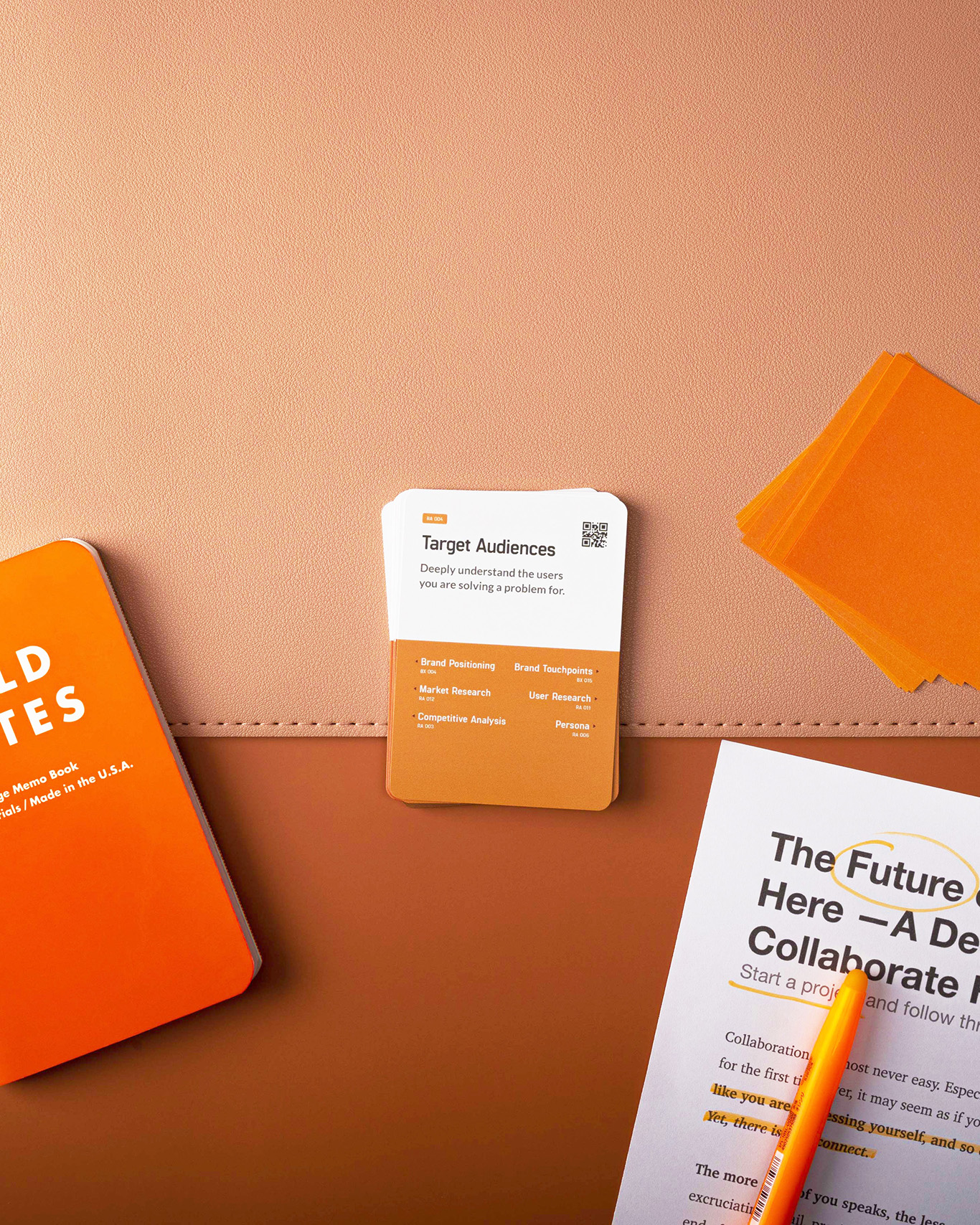What is AODA?
AODA stands for the Accessibility for Ontarians with Disabilities Act. It is a law in the province of Ontario, Canada that aims to make the province accessible for people with disabilities by 2025. The law applies to private and public sector organizations, including businesses, non-profit organizations, and government agencies.
A good AODA guideline for website designers is to use the Web Content Accessibility Guidelines (WCAG) 2.0 as a reference when designing and developing websites. The WCAG is a set of international guidelines that provide detailed recommendations on how to make web content more accessible to people with disabilities. It covers a wide range of accessibility issues, including visual, auditory, and cognitive accessibility.
AODA is an important law that aims to create an accessible province for people with disabilities. By ensuring that businesses, government agencies, and other organizations are inclusive and accessible, the AODA helps to create a more equitable and inclusive society for all Ontarians.
AODA & Colour Guidelines

Colours play a significant role in website design and accessibility.
The following are some specific guidelines that website designers should consider when it comes to colour and AODA:
Provide sufficient colour contrast: between text and background colour to ensure that text is easy to read for people with visual impairments, including people who are colourblind. The W3C recommends a minimum contrast ratio of 4.5:1 for normal text and 3:1 for large text.
Avoid using colour alone to convey information: this can make it difficult for people who are colourblind to understand the content. Instead, use other means such as text or symbols to convey the same information.
Provide an alternative to colour: use patterns, textures, or shapes in addition to colours. This can help to ensure that people with visual impairments can understand the content of the website.
Avoid using flashing or blinking text: this can be distracting and can even cause seizures in some people with photosensitive epilepsy.
AODA & Web Design

The WCAG 2.0 has three levels of conformance: A, AA, and AAA, where A is the lowest level of conformance and AAA is the highest level of conformance. AODA recommends that websites should conform to at least Level AA of the WCAG 2.0.
The following are some specific WCAG 2.0 guidelines that website designers should consider when creating an accessible website:
Provide text alternatives for non-text content: This includes providing alternative text for images, videos, and other multimedia content to ensure that people who are blind or visually impaired can understand the content.
Make text readable and understandable: Use clear and simple language, and make sure that text is easy to read and understand by providing enough contrast between text and background, and by using a clear and simple layout.
Provide clear and consistent navigation: use an easy system and make sure links have clear and descriptive labels.
Provide captions and audio descriptions for videos: to ensure that people who are deaf or hard of hearing can understand the content.
Test your website with assistive technologies: use screen readers and magnifiers to ensure that it is accessible to people with disabilities.
By following these guidelines, website designers can create websites that are more accessible to people with disabilities, and therefore comply with AODA.
Summary
By following these guidelines, website designers can create websites that are more accessible to people with visual impairments, and therefore comply with AODA regulations. It is important to keep in mind that accessibility is a continuous process that requires constant evaluation and testing to ensure that it is being met.

Ray
Lead UX/UI Web Designer
Ray has over 10 years experience as a Product Designer building websites, apps, SaaS, and client portals from the ground up. She is passionate about user psychology and design. Her skills and interests expand into animation, video editing and graphic design. She puts 110% into every project, and aims to exceed client expectations. When she isn't at her computer you can catch her with a good book, volunteering, or on the slopes.

